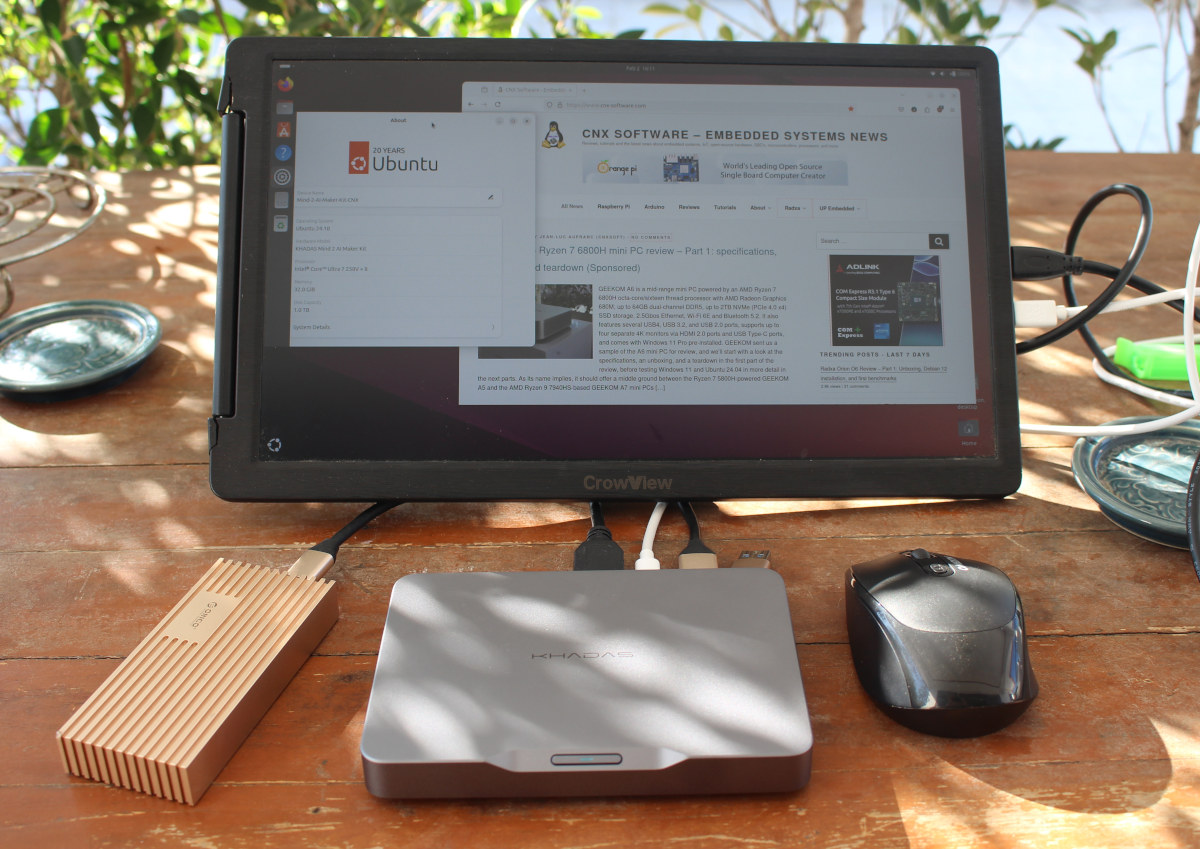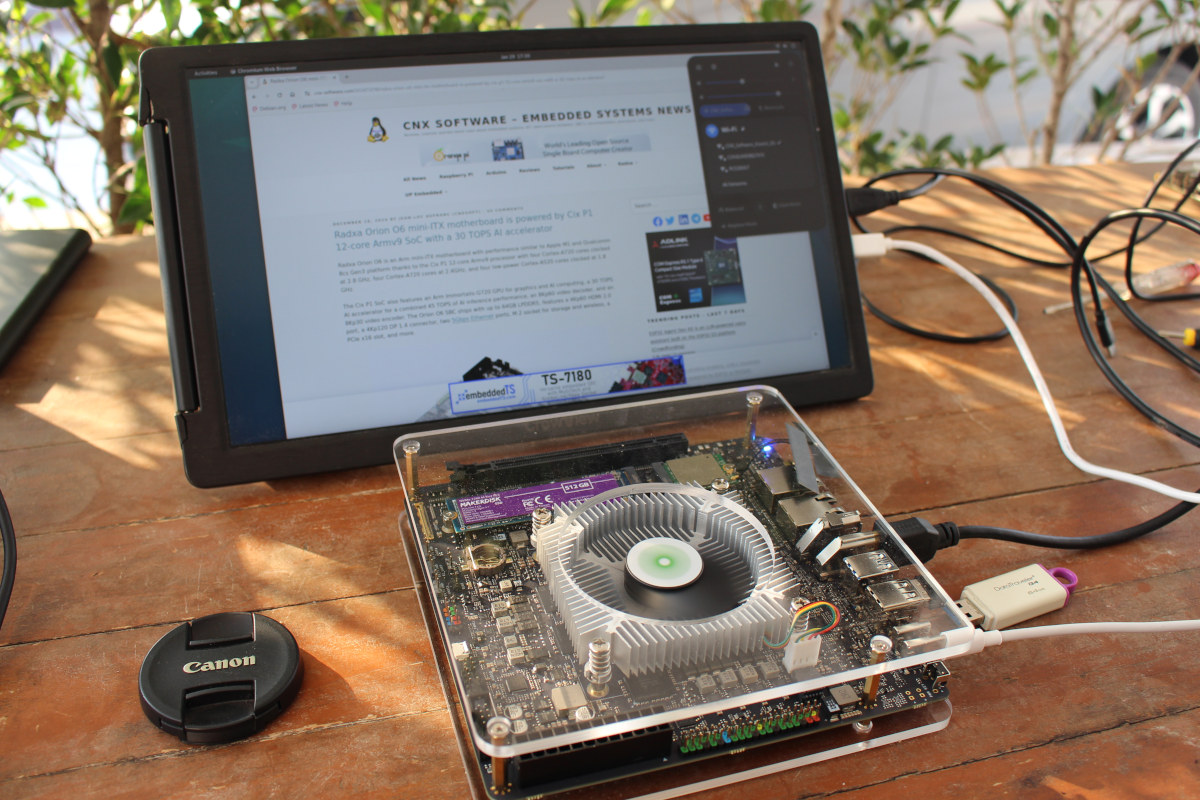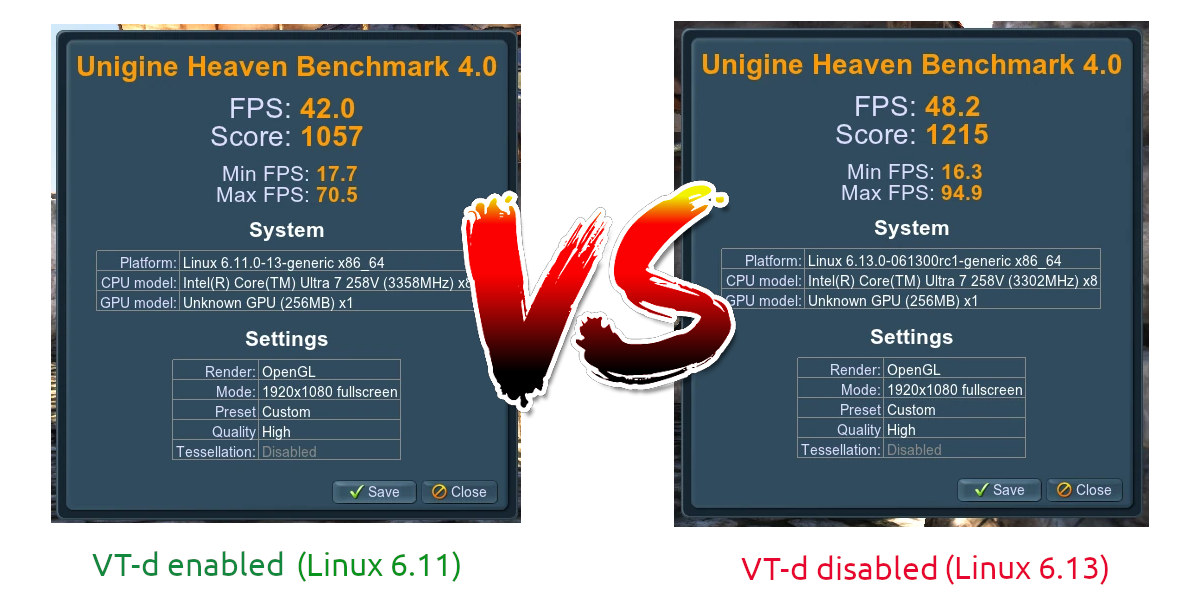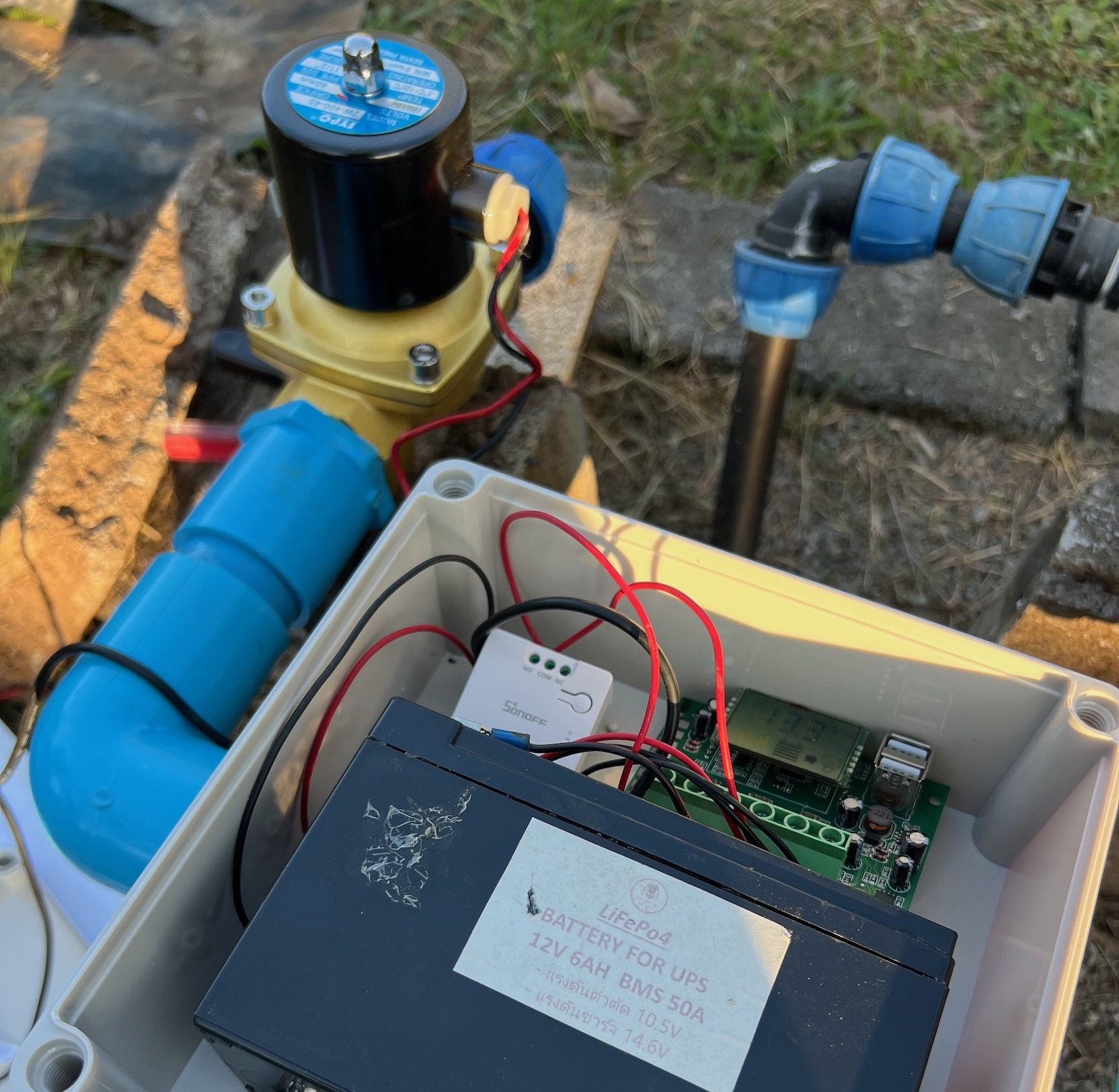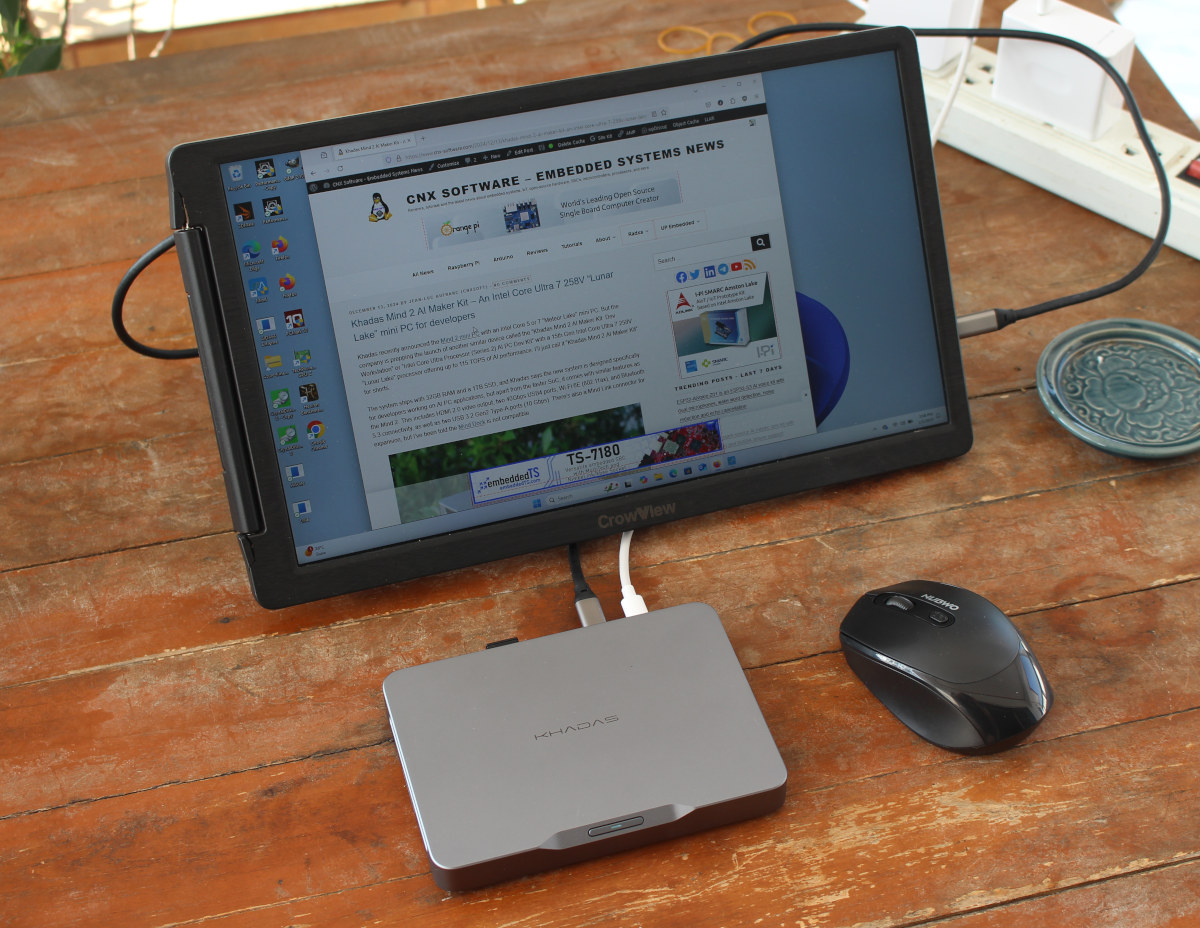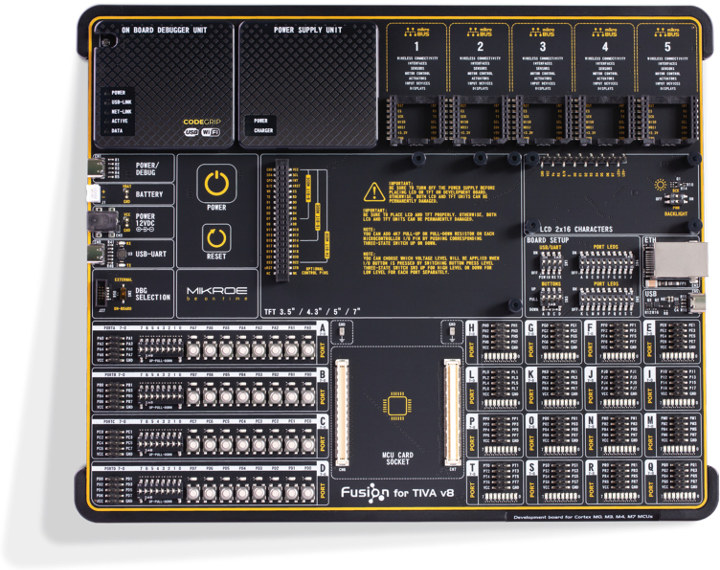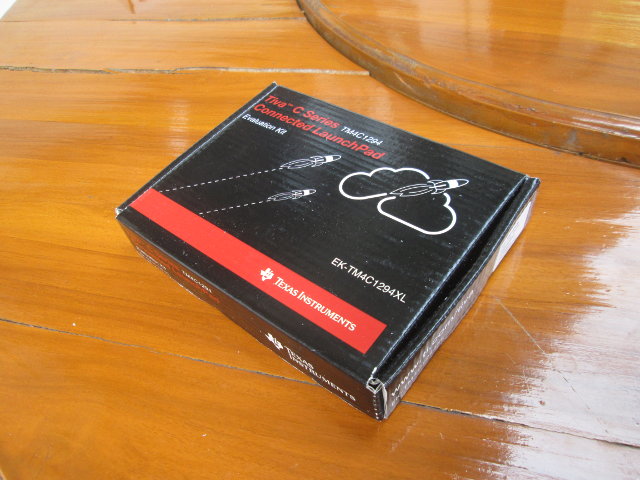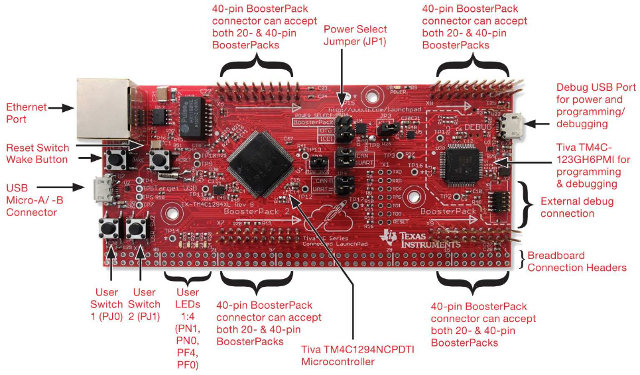I’ve already reviewed the Khadas Mind 2 AI Maker Kit with Windows 11 Home, and today, I’ll report my experience with Linux on the Intel Core Ultra 7 258V mini PC using Ubuntu 24.10 operating system. I would usually review systems with Ubuntu 24.04 LTS OS, but considering the Intel Core Ultra 7 258V SoC is so new, I installed Ubuntu 24.10 when I tested whether disabling VT-d (IOMMU) would improve Intel Arc GPU performance (it does to some extent), and it turns out it was a good decision because Ubuntu 24.04 requires lots of fixes and workarounds to work the Khadas Mind 2 AI Maker Kit, at least until Ubuntu 24.04.2 is released later this month with a more recent kernel. Khadas Mind 2 AI Maker Kit – Ubuntu 24.10 system information My Ubuntu 24.10 installed has both Linux 6.11 (default) and Linux 6.13 kernels, but I did most […]
Radxa Orion O6 Review – Part 1: Unboxing, Debian 12 installation, and first benchmarks
Radxa sent me a sample of the Orion O6 mini-ITX motherboard for review. The system is powered by an CIX P1 (CD8180) 12-core Armv9 processor, equipped with 16GB RAM, and offers features like 5GbE, HDMI and DisplayPort, a PCIe Gen4 x16 slot, and more. It’s one of the most anticipated boards of the first part of 2025 since it’s powerful, offers a good performance/value ratio, and eventually promises to boot any ISO Arm64 image through an open-source BIOS / EDKII bootloader. I’ll start this review with an unboxing, NVMe SSD and WiFi module installation, and a short tutorial showing how to install Debian 12 operating systems before getting some system information and running a few benchmarks. In a few weeks, I’ll publish a more detailed review with features testing and more benchmarks to see what works and what doesn’t at this very early stage. Radxa Orion O6 unboxing I received […]
Disabling VT-d improves Intel Arc GPU Linux performance on Meteor Lake and newer SoCs
In this post, I’ll check whether disabling VT-d virtualization support may improve the performance of the Intel Arc GPU in recent Meteor Lake or Lunar Lake SoC using a Khadas Mind Maker Kit with an Intel Core Ultra 7 258V CPU with Intel Arc 140V graphics running Ubuntu 24.10. A few days ago, I read a post on Phoronix about Intel publishing tips to improve the performance of Intel GPUs in Linux: Keep the system updated with the latest kernel and Mesa versions. Ensure SoC firmware is up-to-date. These firmware updates currently require installing the Windows graphics driver; firmware updates via fwupd are in progress. Use Wayland where possible, as it supports additional modifiers for better performance. For MTL (Meteor Lake) and newer integrated GPUs, disable VT-d if virtualization is not needed. For discrete GPUs: Enable ReBAR_ Enable ASPM_ I was especially curious about the line about disabling VT-d virtualization […]
SONOFF MINI-D Review – A Matter-enabled dry contact WiFi switch tested with eWeLink, Home Assistant, and Apple Home
SONOFF sent us a sample of the MINI-D Wi-Fi smart switch with a dry contact design for review. If you’re familiar with the larger SONOFF 4CH Pro model, which features four channels, the MINI-D operates similarly but is smaller in size and comes with the latest software features. The principle of a dry contact is that the relay contacts are not directly connected to the device’s power supply circuit. Instead, the contacts are isolated and require an external power source to supply power to the load. Make it flexible to use the SONOFF Mini-D in various scenarios such as controlling garage doors, thermostats, or high-current electrical devices through a contactor, like water pumps. It can also manage low-power DC devices such as solenoid valves or small electric motors (<8W). Because the power supplied to the MINI-D and the power passed through its relay can come from different sources, it offers […]
Khadas Mind Maker Kit review – Part 2: Windows 11 Home on an Intel Core Ultra 7 258V AI mini PC
I’ve already gone through the specifications and an unboxing of the “Khadas Mind 2 AI Maker Kit” powered by an Intel Core Ultra 7 258V “Lunar Lake” processor delivering up to 115 TOPS of AI performance and equipped with 32GB LPDDR5X RAM and a 1TB M.2 NVMe SSD in the first part of the review. I’ve now spent time with the mini PC/developer kit which is now simply called “Khadas Mind Maker Kit”, and I will report my experience with the Windows 11 Home 24H2 operating system in the second part of the review testing features, running benchmarks including an AI benchmark, evaluating networking and storage performance, testing the thermal design while under stress, and taking measurements for fan noise and power consumption. It looks like some AI features may finally be usable on Windows, but I’ll test that in a separate post since everything is new and Microsoft Copilot+, […]
Fusion for TIVA v8 Development Board Enables Debugging & Programming over WiFi
Texas Instruments TIVA Arm Cortex-M4 MCU family was first introduced in 2013, I tested a TIVA Launchpad the following years, and since microcontrollers have usually a long life span they are still in use today, and should still be available for many years. I’m writing about this TI MCU family today because MikroElektronika has just announced Fusion for TIVA V8 development board for TI TIVA, Stellaris and MSP432 microcontrollers with plenty of I/Os including some MikroBus expansion slots, as well as support for debugging and programming over WiFi in addition to the usual USB-UART interface. Fusion for TIVA v8 board specifications: MCU – Socket for MikroElektronika MCU CARD Display Interfaces 2x 20-pin TFT display connector 1x 16-pin LCD connector for 2×16 characters LCD displays in 4-bit mode, optional PWM backlight driving feature Programming – On-board CODEGRIP programmer/debugger, JTAG connector for connecting an external programmer/debugger Connectivity – Ethernet port, WiFI in […]
Texas Instruments Tiva C Series Connected LaunchPad Unboxing and Quick Start Guide
Texas Instruments Tiva C Series TM4C1294 Connected LaunchPad is an evaluation kit for the Internet of things with a Cortex-M4 MCU (Tiva TM4C1294), an Ethernet port, and USB interfaces for power and debugging. At $19.99 including shipping via Fedex, it’s one of the cheapest ways to get devices online. I’ve purchased one via TI e-Store, and already received it. I’ll post some pictures of the kit, go through the Quick Start Guide, and provides links to resources to go further. EK-TM4C1294XL Connected LaunchPad Unboxing I’ve received the kit in the package below with feature a QR Code linking to http://www.ti.com/launchpad, as well basic specifications (refer to my previous post for specs), list of tools (Code composer studio, Tivaware, Keil, IAR…) and package content. In the box we’ve got the board itself, a retractable Ethernet cable, a USB to micro USB cable for power and debugging, and Connect LaunchPad Quick Start […]
Texas Instruments Tiva C Series TM4C1294 Connected Launchpad Sells for $20
There are now many ultra low cost MCU development kit selling for $15 to $25 such as STMicro Discovery Board, but for this price, they’ll usually just feature the MCU, a micro USB, pin header, maybe and maybe some sensors, and they usually lack any form of connectivity, at least without extra hardware. With Tiva C Series TM4C129 Connect Launchpad, Texas Instruments brings a board that can be used for IoT application out of the box thanks to the addition of an Ethernet port. The board sells for just $19.99, which means you could easily make something like a connected 4-relay control system for about $25. Connected LaunchPad evaluation kit specifications: MCU – Texas Instruents TM4C1294NCPDT ARM Cortex-M4 @ 120MHz with floating point, 1MB Flash, 256KB SRAM, 6KB EEPROM, Integrated 10/100 Ethernet MAC+PHY, data protection hardware, 8x 32-bit timers, dual 12-bit 2MSPS ADCs, motion control PWMs, USB H/D/O, and many […]


